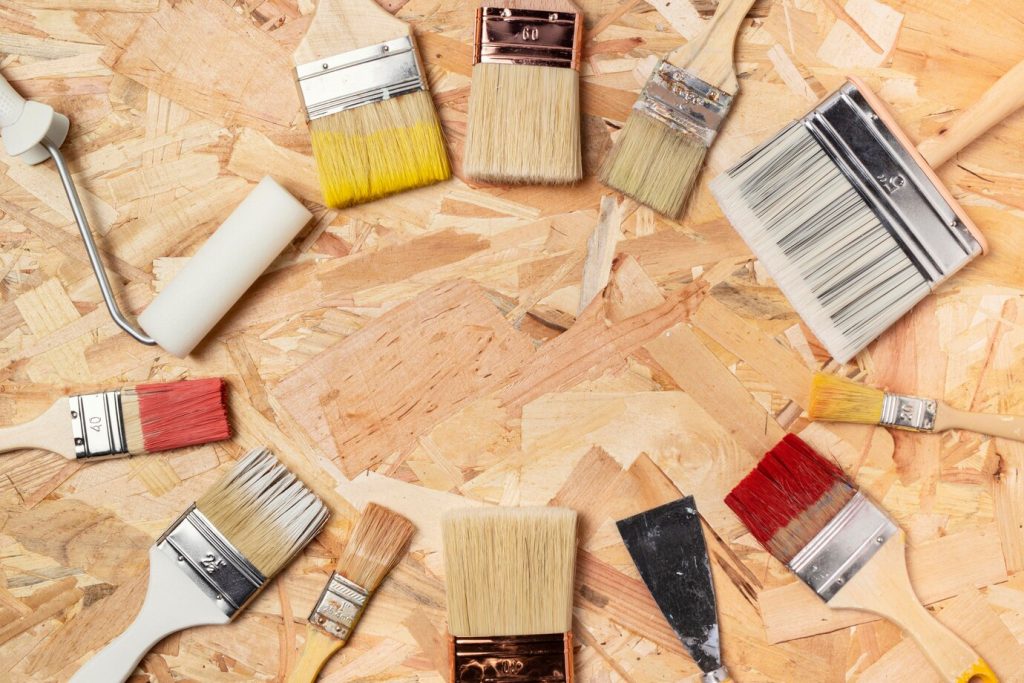You might be wondering how to paint an old house if you have a historic building that needs to be updated. We love old homes because they are unique. But they need a bit more work than brand-new homes. So, here are the best ways to paint over old interior paint, according to painting experts.
Maintaining Your Home’s Charm When Painting Over Old Interior Paint

To keep the charm of your old house, you’ll need to spend a little more time getting ready perform your interior house painting project. And that doesn’t just mean sanding and taping; it also means studying historic color schemes that match your home’s time period to keep its architectural integrity.
You can begin by searching the internet for colors used in old homes. Most paint businesses have a line of historic paint. Still, a specialist can help you choose the right classic paint scheme for walls, trim, and accents if you want to paint over old interior paint. After all, you would choose a unique color scheme for a Victorian home than you would for a contemporary modern space. Let our professional painting specialists help you come up with a color scheme.
Preparing for the Task
Preparation is the first step when painting over an existing interior color. Due to the age and condition of the materials used, preparing an older home may take longer than a younger one. Additional washing, repairing, or priming may be necessary. To top it all off, if your home has a popcorn ceiling, now is the time to get rid of it and replace it with a smooth finish before you paint it.
Your home may possess unseen issues like mildew, mold, or wood rot, which will throw a wrench into your preparedness plans. And the technique of preparing plaster is distinct from that of preparing wallboard. It’s possible that now is the time to bring in a professional painter and have them look around before you pull out the paint and rollers.
It’s also possible that your property has oil-based or lead paint, depending on how recently it was painted. Professionals typically advise using another oil-based paint for covering up another oil-based paint. Still, if you prefer water-based paint (like most of us do), then you’ll need to prime your walls with a primer meant for covering oil paint. In addition, you should have your house checked for lead* paint before you begin the preparation process.
Using the Right Tools

It’s easy to get by with just a few essential tools and a can of paint when painting a modern home. Walls in older houses may be made of brick, stone, plaster, wood, cinder, or glass block. To achieve the most remarkable results, you’ll need to use a unique painting approach for each of these.
The right sort of paint for each surface must be used when painting over previous interior paint. High-gloss paint, for instance, might look great on wood trim but would be a poor choice for wood paneling or plaster since it highlights wall flaws.
Choosing a Painter

Applying new paint on old paint has its own set of difficulties, from the choice of colors to equipment selection. Fortunately, our expert decorative painters are here to advise you if this is something you feel you might use some assistance with. Contact a painting contractor and get your free estimate for your painting services needs today. Whether it’s an interior or exterior house painting project, they’ve got you covered!